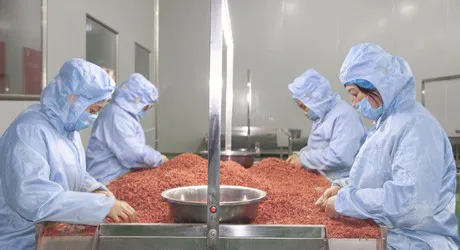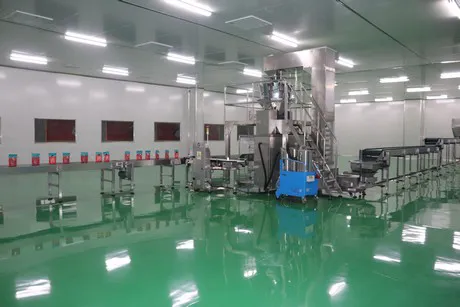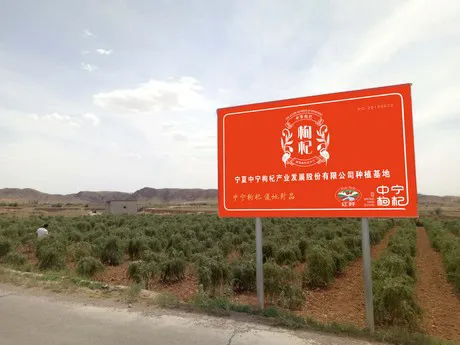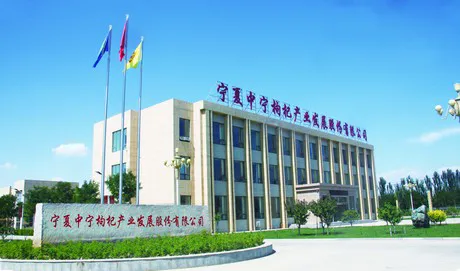The 2019 harvest season of goji berries in Ningxia has been completed. Although this area has seen heavy rains this year, production and quality haven’t been significantly affected. Lu, the head of Ningxia Zhongning Goji Berry Industrial Development Co., Ltd. talked about this year's production and export.

The export markets of Zhongning mainly include Japan, North America, South America, Europe, and some Southeast Asian countries. “The market share of Asian countries has been increasing year by year. We have been exporting our products to Japan for nearly 30 years, and the annual export volume to this market accounts for about 20% of the total exports and has been stable. North America is also one of our major overseas markets. Our annual export volume to the United States and Canada is about 1,000 tons and has been increasing. On the other hand, European countries are applying stricter standards towards Chinese goji berries and Some countries only accept organic products, which makes our export to this market more difficult, so the export volume is lower than a few years ago, at only about 1,000 tons annually, but we will still cater to this market and improve our quality. "

“In terms of preferences, the American markets prefer large sizes while the European markets prefer smaller sizes. The manual harvesting cost is very high, and small sizes are particularly difficult to pick. In late season, a lot of unpicked small fruit rot in the field. In addition to the difficulty in picking the fruit which leads to rising labor costs, the lower volume picked has led to a shortage in the market, which has led prices to rise once and again, market acceptance to drop, and export to the European market to be more difficult. Prices of traditional products are about 50-60 yuan/kg, while those of organic products are about 70-80 yuan/kg, about 20 yuan/kg higher than five years ago,” Lu said.

Zhongning’s growing center is located in Zhongning, Ningxia, covering an area of about 53,000 mu and having an annual production of about 6,000 tons. “We have established a full traceability system from the field to the consumer, and all growing processes follow standardized procedures. We focus on quality control at the source and strictly monitor processes such as fruit cleaning, drying, color selection, and manual selection. We are currently working with many scientific research institutes including Ningxia Academy of Agricultural Sciences, and strive to bring the best products through advanced techniques such as using customized fertilizer, organic fertilizer, biological pesticide, and pest control, in order to bring the best products to our consumers,” Lu said.

More information:
Contact: Lu Haixia
Company: Ningxia Zhongning Goji Berry Industrial Development Co., Ltd.
Tel: 173 9510 4378
Email: yulia@honggoji.com
